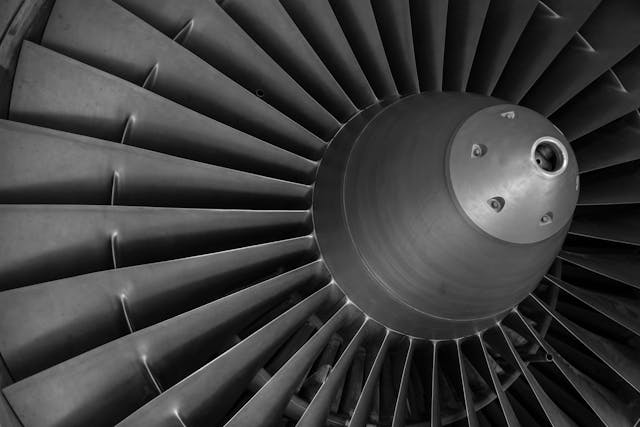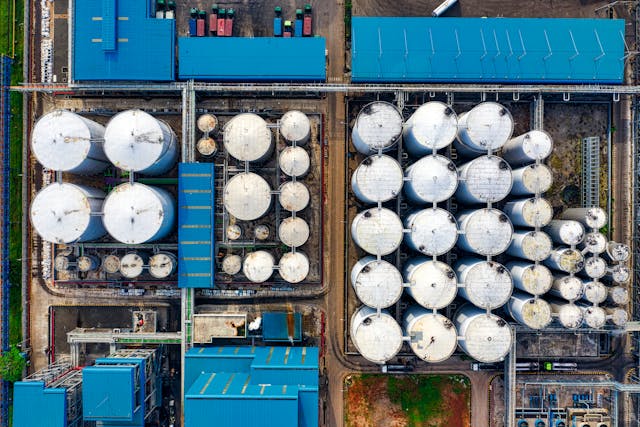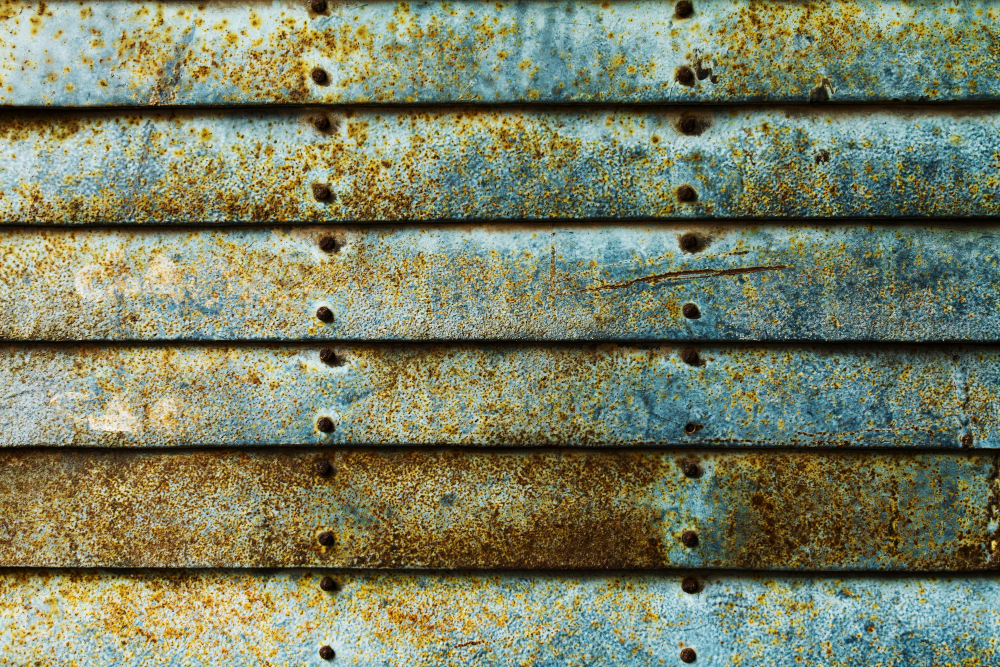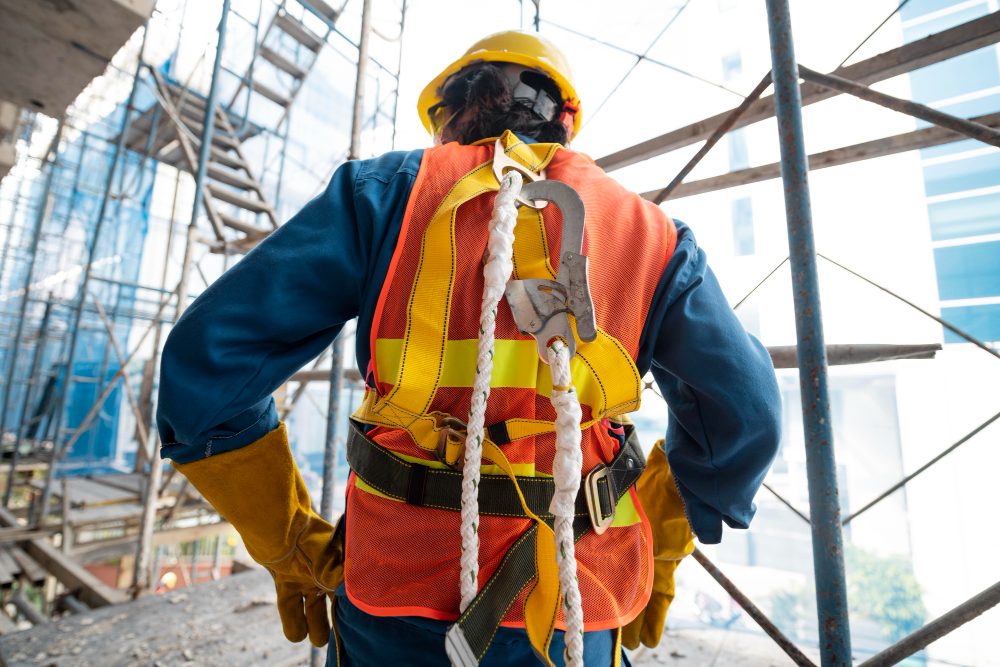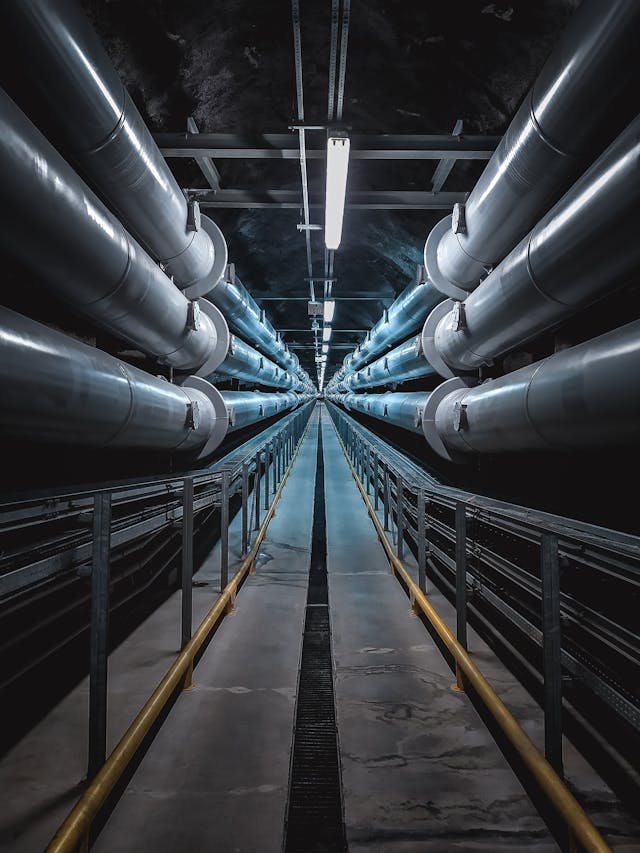DIFFERENT METHODS OF TURBINE COOLING
In the energy engineering sector, turbine cooling is crucial for ensuring efficiency and longevity. Different cooling methods help maintain stable […]
SOLUTIONS TO ELIMINATE MOISTURE AND WATER INFILTRATION IN BUILDINGS
Water infiltration and moisture are among the most common issues in buildings. These problems not only damage structures but also […]
PROCESS HEATERS IN OIL REFINERIES: OVERVIEW AND APPLICATIONS
Process heaters play a vital role in oil refineries, ensuring efficient processing of raw crude oil into valuable petroleum products. […]
THE ROLE OF STATIC EQUIPMENT IN NATURAL GAS PROCESSING PLANTS
In natural gas processing plants, static equipment forms a foundational part of the infrastructure. Although these devices lack moving parts, […]
What Is Corrosion and How Does It Affect Heat Exchangers?
Corrosion is the deterioration of a material caused by chemical reactions, often with the surrounding environment. In heat exchangers, which […]
LEED CERTIFICATION: EVALUATION CRITERIA
LEED (Leadership in Energy and Environmental Design) certification is an international recognition for sustainable buildings. This certification evaluates and rewards […]
FALL PROTECTION: BEST PRACTICES FOR ENSURING WORKER SAFETY
Fall protection is one of the biggest challenges in workplace safety. Elevated operations, including work on roofs, scaffolding, and high […]
GAS PLANT SAFETY: HOW TO PREVENT LEAKS AND EXPLOSIONS
Gas plant safety is a critical issue to avoid serious incidents like gas leaks and explosions. Proper regular maintenance and […]
THE ROLE OF STRAINERS AND FILTERS IN PROTECTING EQUIPMENT FROM DEBRIS
In engineering, protecting equipment from debris is essential. Strainers and filters play a key role in this process. These devices […]
AN INTRODUCTION TO PIG LAUNCHERS AND RECEIVERS IN PIPELINE MAINTENANCE
Pipelines are a critical part of the global energy infrastructure, transporting gas, oil, and other fluids over long distances. However, […]

